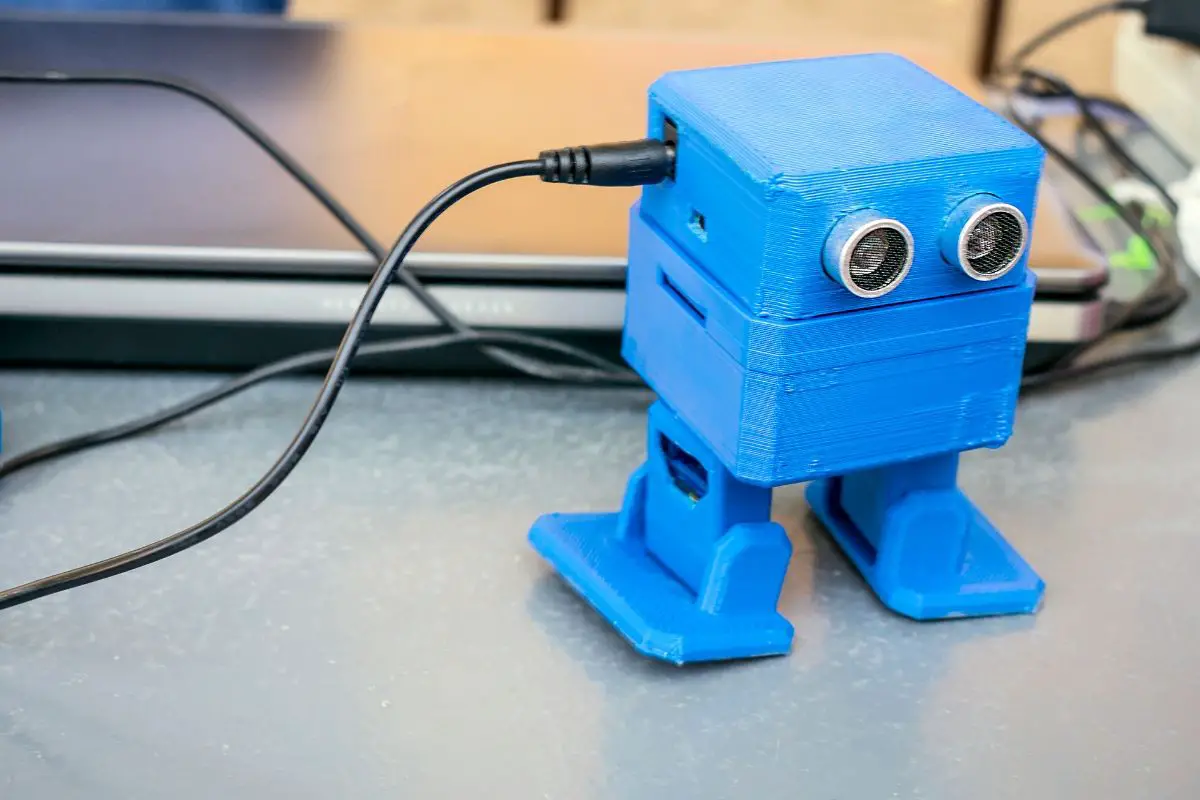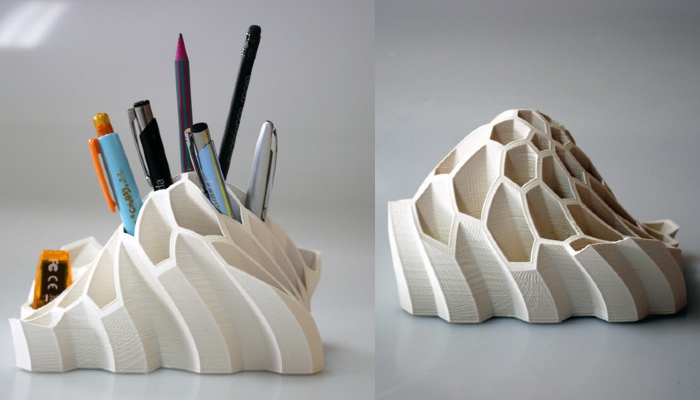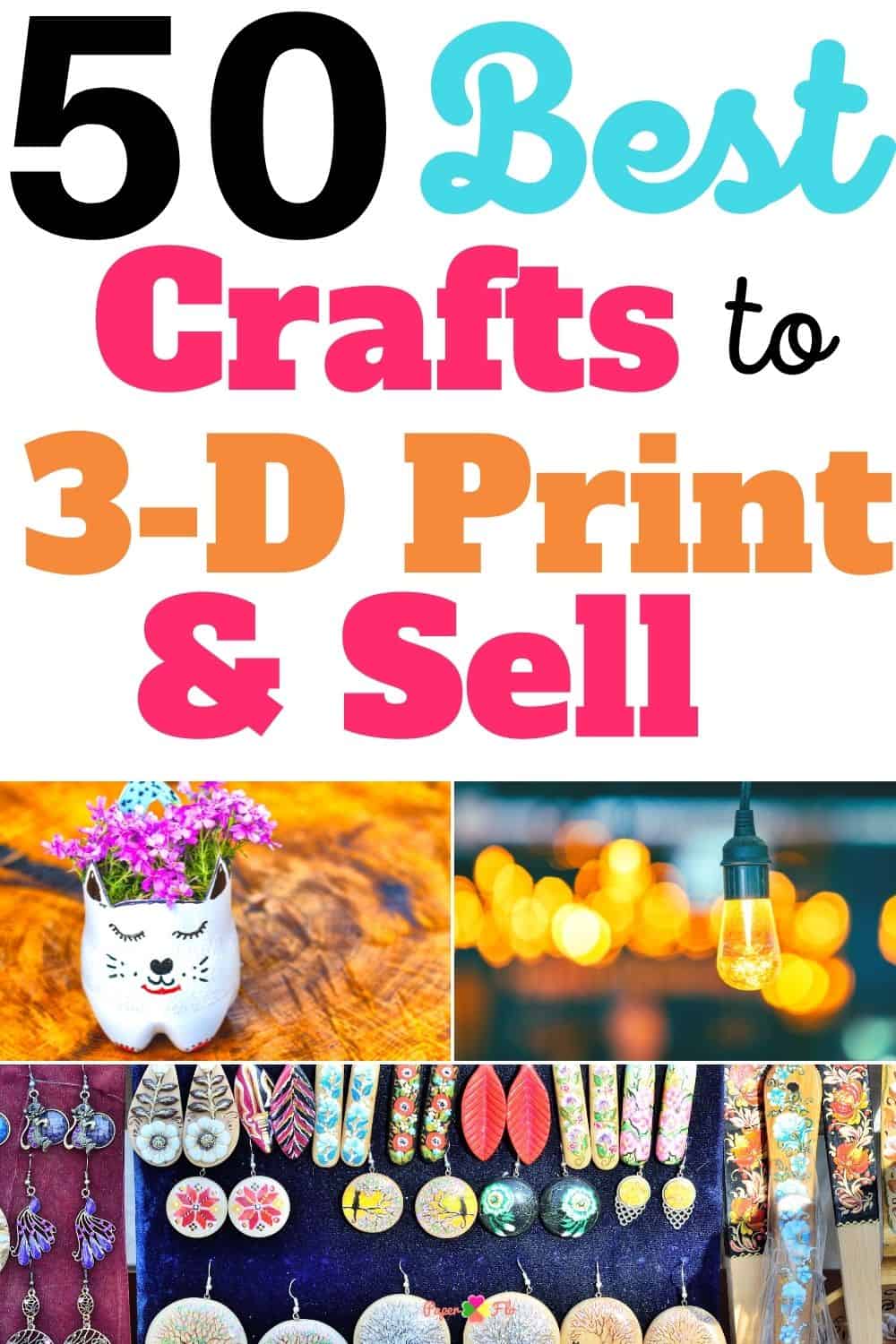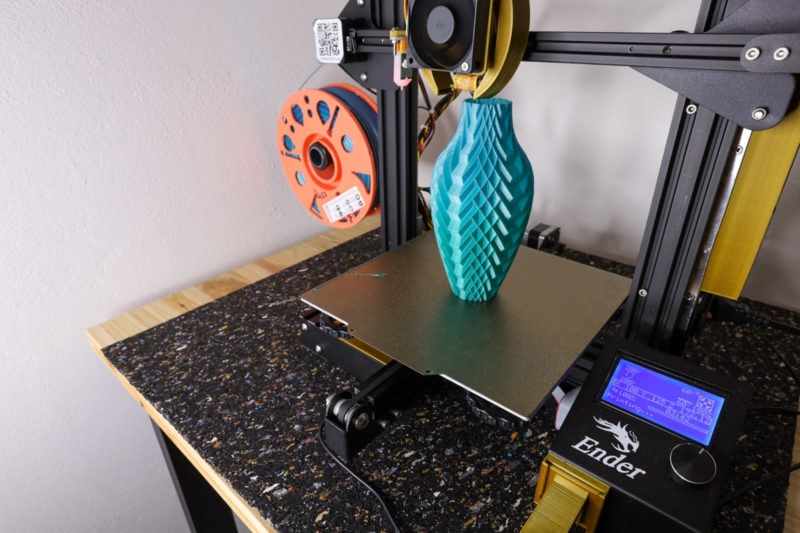Discovering the Best Products to Sell with Your 3D Printer
With the rise of 3D printing technology, entrepreneurs and makers are turning to this innovative method to create unique products for sale. One of the primary benefits of using a 3D printer for sales is the low startup cost. Unlike traditional manufacturing methods, 3D printing requires minimal investment in equipment and materials, making it an attractive option for those looking to start a business with limited capital.
Another advantage of 3D printing is the ability to create complex designs and customized products. This allows sellers to cater to specific niches or markets, offering products that cannot be found elsewhere. For instance, 3D printed phone cases can be designed to fit specific phone models, while customized jewelry can be created with intricate details and patterns.
Popular platforms for selling 3D printed products include Etsy and eBay, which provide a vast customer base and easy-to-use interfaces for sellers. Additionally, social media platforms like Instagram and Facebook can be leveraged to showcase products and connect with potential customers.
When it comes to finding the best products to sell with your 3D printer, it’s essential to consider what’s in demand. Researching popular products and trends can help you identify opportunities to create unique and profitable items. For example, 3D printed home decor items, such as customized vases and coasters, are popular among consumers looking for unique and personalized items for their homes.
By understanding the benefits of 3D printing and identifying in-demand products, sellers can unlock the potential of this technology to create profitable and successful businesses. Whether you’re a seasoned entrepreneur or a hobbyist looking to monetize your skills, 3D printing offers a world of opportunities for those willing to explore and innovate.
How to Identify In-Demand Products for Your 3D Printer
Identifying in-demand products is crucial for the success of any business, and 3D printing is no exception. To find the best 3D printer things to sell, entrepreneurs must conduct thorough market research and stay up-to-date with the latest trends. One effective way to do this is by utilizing online tools such as Google Trends, Amazon Best Sellers, and social media platforms.
Google Trends, for instance, provides valuable insights into what products are currently in demand. By analyzing search volume and trends, entrepreneurs can identify gaps in the market and create products that cater to those needs. Amazon Best Sellers, on the other hand, offers a list of top-selling products, which can serve as a starting point for research.
Social media platforms, such as Instagram and Facebook, are also excellent resources for market research. By monitoring hashtags and trending topics, entrepreneurs can identify what products are currently popular and what types of products are in demand. Additionally, social media platforms provide a unique opportunity to engage with potential customers and gather feedback on product ideas.
Understanding the target audience is also crucial for identifying in-demand products. Entrepreneurs must consider factors such as demographics, interests, and purchasing habits to create products that cater to their needs. For example, if the target audience is environmentally conscious, entrepreneurs may consider creating products made from sustainable materials or designed for minimal waste.
By combining these research methods, entrepreneurs can gain a comprehensive understanding of the market and identify the best 3D printer things to sell. This research will serve as the foundation for creating successful products that meet the needs of the target audience and drive business growth.
Top 3D Printed Products to Sell: A Review of Popular Options
When it comes to 3D printer things to sell, there are numerous options to consider. From functional items to decorative pieces, the possibilities are endless. In this section, we’ll explore some of the most popular 3D printed products that are in high demand.
Phone cases are a great example of a popular 3D printed product. With the ability to customize designs and colors, phone cases can be tailored to fit individual styles and preferences. The “MakerBot Phone Case” is a great example of a successful 3D printed phone case, offering a sleek and durable design that protects phones from scratches and damage.
Jewelry is another popular 3D printed product that is in high demand. From custom-made earrings to intricate necklaces, 3D printed jewelry offers a unique and personalized touch. The “Customizable 3D Printed Jewelry” is a great example of a successful 3D printed jewelry product, allowing customers to design and create their own unique pieces.
Home decor items are also a great option for 3D printed products. From customized vases to intricate coasters, 3D printed home decor items can add a touch of personality and style to any room. The “3D Printed Geometric Coasters” are a great example of a successful 3D printed home decor product, offering a unique and functional design that protects surfaces from water marks and spills.
Other popular 3D printed products include customized keychains, personalized phone stands, and 3D printed art pieces. These products offer a unique and personalized touch that can’t be found in traditional retail stores.
When it comes to 3D printer things to sell, it’s essential to consider the demand and competition for each product. By researching popular products and trends, entrepreneurs can identify opportunities to create unique and profitable items that meet the needs of their target audience.
Designing and Customizing Products for Maximum Appeal
When it comes to creating 3D printer things to sell, design and customization are crucial for making products more appealing to customers. A well-designed product can make all the difference in attracting customers and driving sales. In this section, we’ll explore the importance of considering factors like color, texture, and functionality when designing and customizing products.
Color is a critical aspect of product design, as it can evoke emotions and create a lasting impression on customers. When designing 3D printed products, consider using a color scheme that is visually appealing and consistent with your brand identity. For example, if you’re creating a line of 3D printed phone cases, consider using a bold and bright color scheme to make your products stand out.
Texture is another important factor to consider when designing 3D printed products. Adding texture to your products can create a tactile experience for customers, making them more engaging and interactive. For example, if you’re creating a line of 3D printed jewelry, consider adding texture to your products to create a unique and eye-catching design.
Functionality is also a critical aspect of product design, as it can make or break the usability of a product. When designing 3D printed products, consider the functionality of the product and how it will be used by customers. For example, if you’re creating a line of 3D printed phone stands, consider designing a product that is sturdy and adjustable, making it easy for customers to use and interact with.
Customization is also a key aspect of creating 3D printer things to sell. By offering customization options, you can create products that are tailored to individual customers’ needs and preferences. For example, if you’re creating a line of 3D printed jewelry, consider offering customization options like different colors, textures, and designs to make your products more appealing to customers.
By considering factors like color, texture, and functionality, and offering customization options, you can create 3D printed products that are more appealing to customers and drive sales. Remember, the key to success is to create products that are unique, functional, and visually appealing, and that meet the needs and preferences of your target audience.
Marketing and Selling Your 3D Printed Products Online
Once you have created your 3D printed products, it’s time to market and sell them online. In this section, we’ll explore the best strategies for marketing and selling your 3D printed products online, including tips on product photography, writing compelling product descriptions, and utilizing social media platforms.
Product photography is a crucial aspect of marketing and selling 3D printed products online. High-quality product images can help showcase your products in the best possible light, making them more appealing to potential customers. When taking product photos, consider using a well-lit background, a tripod, and a camera with good image quality.
Writing compelling product descriptions is also essential for marketing and selling 3D printed products online. Your product descriptions should be clear, concise, and informative, highlighting the features and benefits of your products. Consider including details such as product dimensions, materials, and colors to help customers make informed purchasing decisions.
Social media platforms are also a great way to market and sell 3D printed products online. Platforms like Instagram, Facebook, and Twitter can help you reach a wider audience, build brand awareness, and drive sales. Consider creating a business account on each platform and posting high-quality product images, product descriptions, and behind-the-scenes content to engage with your audience.
Additionally, consider utilizing online marketplaces like Etsy and eBay to sell your 3D printed products. These platforms can help you reach a wider audience and provide a convenient way for customers to purchase your products. When selling on online marketplaces, be sure to follow each platform’s guidelines and policies to ensure a smooth and successful selling experience.
By following these tips and strategies, you can effectively market and sell your 3D printed products online, reaching a wider audience and driving sales. Remember to stay up-to-date with the latest trends and best practices in online marketing and sales to ensure long-term success.
Optimizing Your 3D Printing Workflow for Efficient Production
As a 3D printing entrepreneur, optimizing your workflow is crucial for efficient production and reducing costs. In this section, we’ll explore strategies for optimizing your 3D printing workflow, including maintaining your printer, using the right materials, and implementing a quality control process.
Maintaining your 3D printer is essential for ensuring efficient production and preventing costly repairs. Regularly clean and lubricate your printer’s moving parts, and replace worn-out components to prevent downtime. Additionally, consider implementing a routine maintenance schedule to ensure your printer is always in good working condition.
Using the right materials is also critical for efficient production. Choose materials that are compatible with your printer and suitable for your products. Consider factors such as cost, durability, and aesthetic appeal when selecting materials. For example, if you’re producing 3D printed phone cases, consider using a durable and flexible material such as ABS or PLA.
Implementing a quality control process is also essential for ensuring efficient production and reducing waste. Consider implementing a quality control checklist to ensure that each product meets your quality standards. This can include checking for defects, ensuring proper assembly, and verifying that products meet your design specifications.
Additionally, consider optimizing your 3D printing workflow by implementing a production schedule and prioritizing tasks. This can help you manage your time more efficiently and ensure that you’re meeting your production deadlines. Consider using project management tools such as Trello or Asana to help you stay organized and focused.
By optimizing your 3D printing workflow, you can increase efficiency, reduce costs, and improve the overall quality of your products. Remember to regularly review and refine your workflow to ensure that you’re always producing high-quality products and meeting your business goals.
Scaling Your 3D Printing Business for Long-Term Success
As your 3D printing business grows, it’s essential to scale your operations to meet increasing demand and maintain profitability. In this section, we’ll explore strategies for scaling your 3D printing business, including outsourcing production, managing finances, and expanding your product line.
Outsourcing production can be an effective way to scale your 3D printing business, especially if you’re experiencing high demand for your products. Consider partnering with a contract manufacturer or 3D printing service bureau to produce your products. This can help you increase production capacity, reduce costs, and improve product quality.
Managing finances is also critical for scaling your 3D printing business. Consider implementing a financial management system to track expenses, revenue, and cash flow. This can help you make informed decisions about investments, pricing, and resource allocation. Additionally, consider seeking funding from investors or lenders to support business growth.
Expanding your product line can also help you scale your 3D printing business. Consider diversifying your product offerings to appeal to a wider range of customers. This can include developing new products, modifying existing products, or creating product variations. Additionally, consider exploring new markets or industries to expand your customer base.
Another key aspect of scaling your 3D printing business is managing inventory and supply chain logistics. Consider implementing an inventory management system to track stock levels, monitor demand, and optimize production. This can help you reduce waste, improve efficiency, and ensure timely delivery of products to customers.
Finally, consider investing in employee training and development to support business growth. As your business scales, it’s essential to have a skilled and knowledgeable team to manage operations, customer service, and product development. Consider providing ongoing training and development opportunities to help employees stay up-to-date with the latest technologies and industry trends.
Overcoming Common Challenges in 3D Printing for Sales
As a 3D printing entrepreneur, you may face several challenges when selling 3D printed products online. In this section, we’ll address some of the common challenges faced by 3D printing entrepreneurs and provide tips on how to overcome them.
Dealing with competition is one of the biggest challenges faced by 3D printing entrepreneurs. With so many sellers offering similar products, it can be difficult to stand out from the crowd. To overcome this challenge, focus on creating unique and high-quality products that meet the needs of your target audience. Consider offering customization options or personalized products to differentiate yourself from competitors.
Managing inventory is another challenge faced by 3D printing entrepreneurs. As your business grows, it can be difficult to keep track of inventory levels and ensure that you have enough stock to meet demand. Consider implementing an inventory management system to track stock levels and monitor demand. This can help you reduce waste, improve efficiency, and ensure timely delivery of products to customers.
Handling customer service issues is also a common challenge faced by 3D printing entrepreneurs. As your business grows, you may receive more customer inquiries and complaints. Consider implementing a customer service system to handle inquiries and resolve issues quickly and efficiently. This can help you build trust with customers and improve your reputation as a seller.
Finally, consider the challenge of keeping up with technological advancements in 3D printing. As new technologies and techniques emerge, it can be difficult to stay up-to-date and adapt to changes in the industry. Consider attending industry events, reading industry publications, and participating in online forums to stay informed about the latest developments in 3D printing.
By overcoming these common challenges, you can build a successful 3D printing business and achieve long-term success. Remember to stay focused on your goals, adapt to changes in the industry, and continuously improve your products and services to meet the needs of your target audience.







